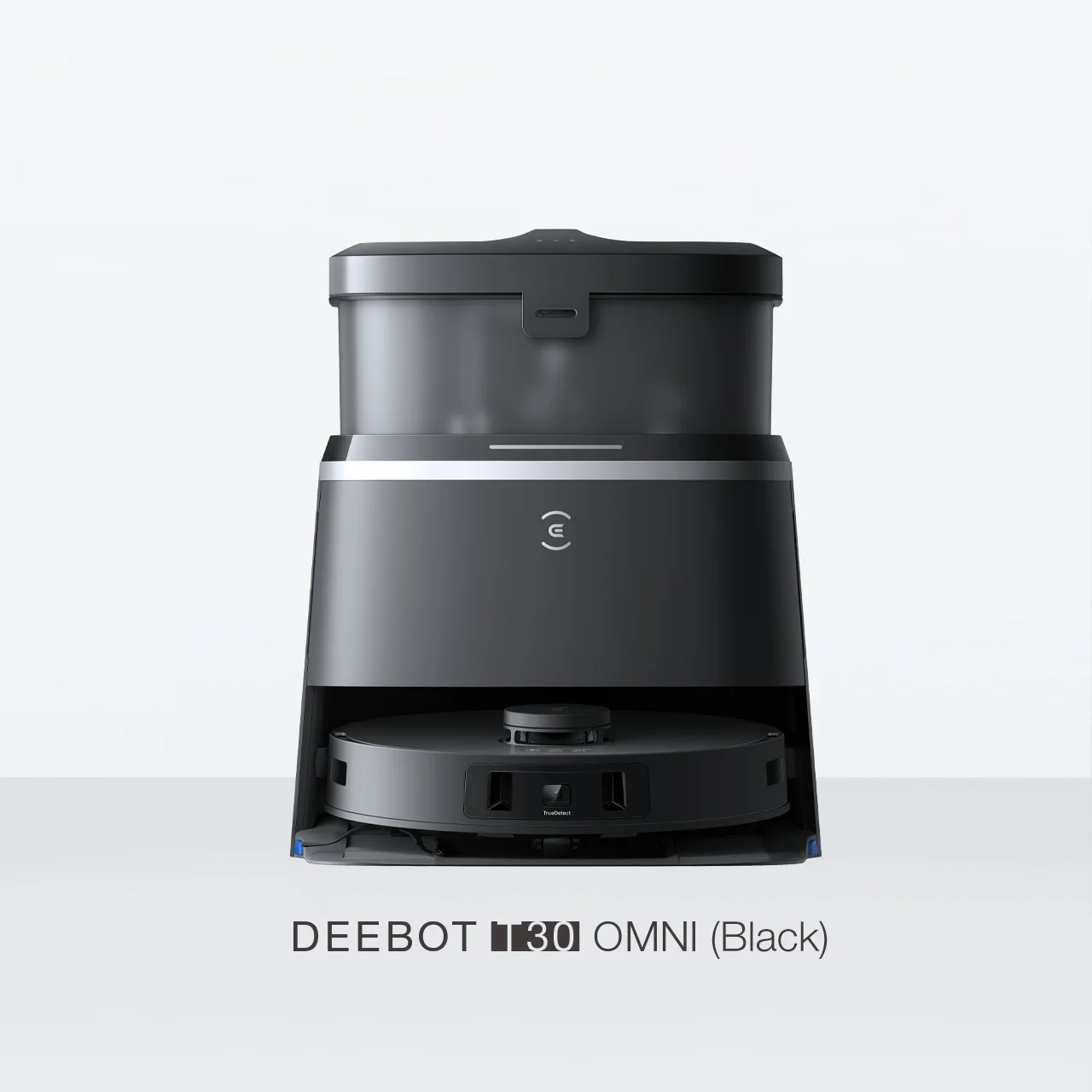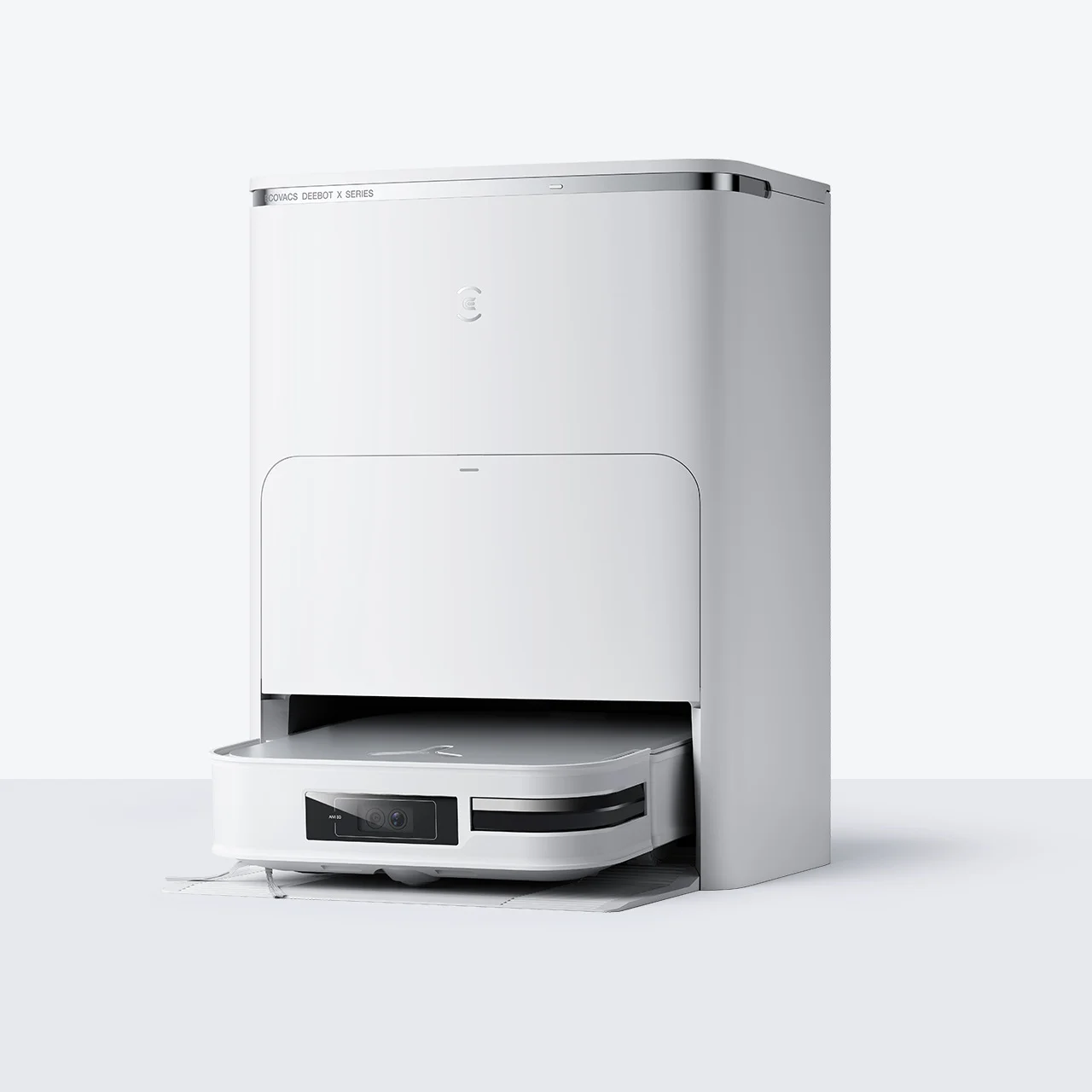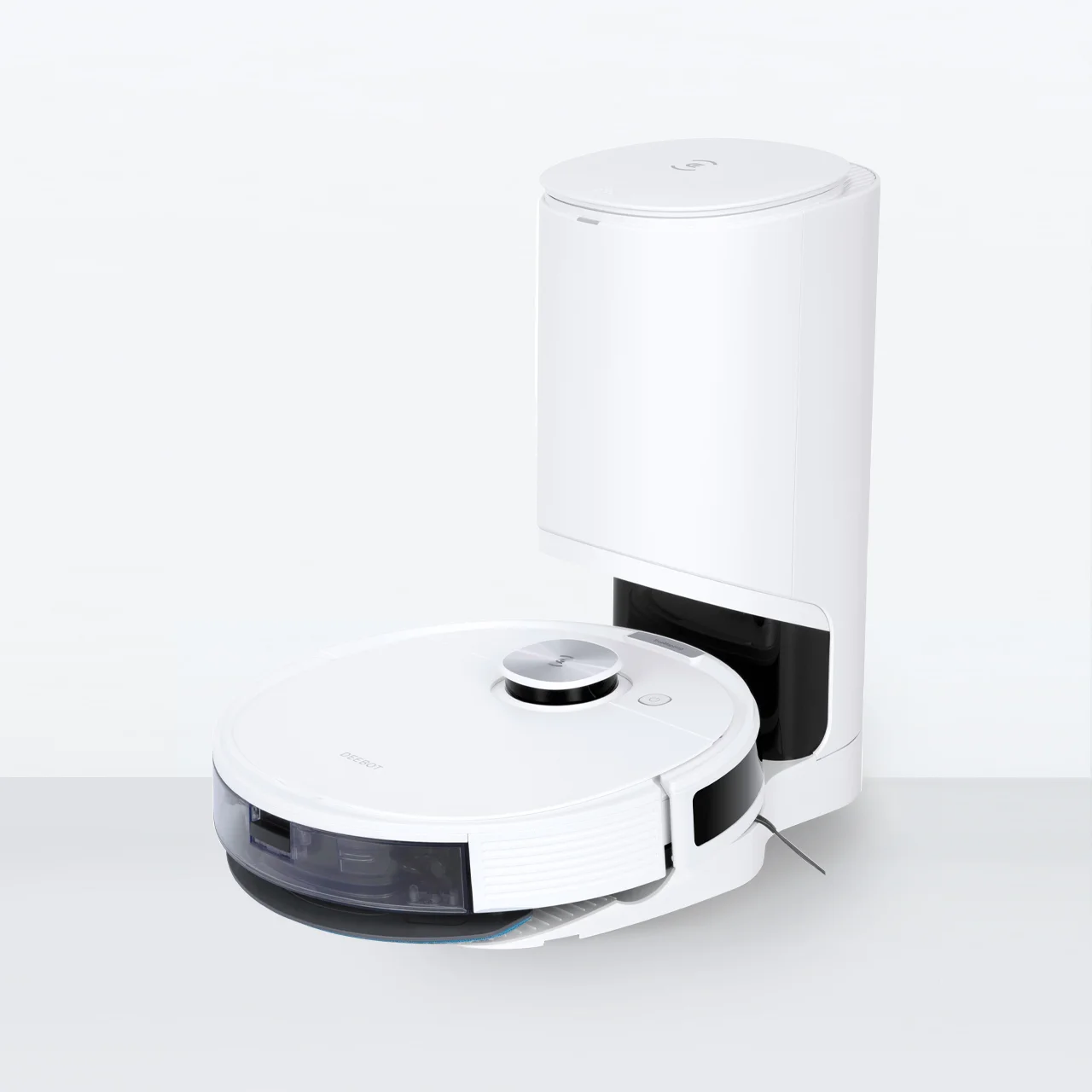
Good suction power is one of the most critical features to look for in a vacuum cleaner. It is important for removing stubborn dirt, dust, and debris, especially carpeted areas. This is particularly essential given that the carpets and rugs market in UK is projected to grow by 0.37%. Powerful suction allows vacuums to penetrate deep into carpet fibres and extract grime that regular sweeping simply can't handle. Even on hard flooring, it can quickly pick up larger debris and make the cleaning process much more efficient.
What is Suction Power in a Vacuum Cleaner?
In simple terms, suction power is the force or strength with which a vacuum cleaner can pull in dirt, debris and dust particles. It is generated by the vacuum cleaner’s motor, which creates a powerful airflow that lifts and traps particles in the dust collection container. It might be easy to get suction power and airflow confused, and while they are related, they are both entirely separate features. Airflow refers to the volume of air that the vacuum can move and suction power is the amount of force behind that airflow, which is what allows your vacuum to lift and remove dirt and debris.
Suction power is measured in units like air watts, pascals (Pa) or inches of water lift (H2O). Air watts (AW) is a unit of measurement for the overall suction and airflow capacity of the vacuum, while Pascals and inches of water lift measures the vacuum’s suction force or pressure. If these units have high values, it means that the vacuum has more powerful suction.
If you have a lot of foot traffic, pets or you live in a dusty area and need to vacuum your home often, a device with a strong suction power can penetrate deep into your carpet fibres, upholstery and crevices to lift all the stubborn particles that you can’t remove with just sweeping. It also helps remove pollutants from the air and improve indoor air quality, which is especially important if you or a family member suffer from respiratory illness. Another advantage of a strong suction power is that you don’t have to go over the same areas on the floor repeatedly which can save you time, energy and effort when you clean. It also reduces the strain on the vacuum cleaner’s motor and other parts, which increases its lifespan.
What is a Good Suction Power for a Vacuum Cleaner?

On average, a good suction power range for most types of vacuum cleaners is between 100-300 air watts (AW). This level of suction is usually sufficient for cleaning a wide variety of floor surfaces including carpets, hardwood and tiles.
To be more precise, this is the ideal suction power for different types of vacuums:
● Upright Vacuums: 180 to 200 AW or 1,400 to 1,600 Pa is considered a good suction power range for upright vacuum cleaners. With this range, they can effectively clean high pile carpets and large floor areas.
● Canister Vacuums: A canister vacuum with a suction range of 220 - 250 AW or 1,700 to 2,000 Pa is effective on various floor types, including hard floors and low-pile carpets
● Stick Vacuums: These lightweight and versatile vacuums are ideal for quick cleanups and compact spaces. A suction power of 100 to 150 AW or 800 to 1,200 Pa typically gets the job done.
● Handheld Vacuums: Handheld vacuums are designed for spot cleaning and small messes so a lower suction power of 20 to 50 AW or 160 to 400 Pa is good enough for them. However, if you’re looking to clean pet hair and larger debris, you’ll have to go for one with higher suction power.
● Central Vacuums: Although not as common as other types of vacuum, central vacuum systems are great for large homes with different types of flooring. They typically have a high suction power of 500 to 600 AW or 4,000 to 5,000 Pa for deep cleaning.
● Robot Vacuums: Most robot vacuums have a suction power of 2,500 to 6,000 Pa and this is usually enough to maintain cleanliness in your home. However, if you have pets or carpets and rugs in your home, you might want to purchase a model with a higher suction power. Luckily, there are manufacturers like ECOVACS that offer various types of robot vacuums with suction power as high as 11,000 Pa for more efficient cleaning.
How to Maintain Good Suction Power?
If you’ve had your vacuum cleaner for a long time, you might start to notice that the suction power isn’t as strong anymore. One reason why this may be the case is that the filter might be dirty or clogged for instance, if you have pet hair or high foot traffic. This could restrict the airflow and reduce the vacuum’s suction power. To avoid this, regularly clean your vacuum cleaner’s filter according to the manufacturer’s recommendation.
If the belt of your vacuum cleaner is worn or damaged, this can also cause the suction power to not work at full capacity. The belt transfers power from the motor to the brush roll. If it cracks or breaks, it can’t spin the brush efficiently. Replace the belt as needed to increase the suction power.
Another issue could be that the hose or nozzle is clogged with hair, pet fur or other particles. Check and clear any blockages every now and then by gently removing any built-up debris. For example, you can use a straightened coat hanger or some other long and thin object to dislodge any deep-seated particles.
If the vacuum cleaner’s dustbin or canister is not empty, this restricts the airflow and decreases the suction power. The best way to avoid this is by simply getting in the habit of emptying the bin after using the vacuum cleaner every time to keep it working at its best.
What to Consider When Choosing the Suction Power?

When you’re choosing a vacuum cleaner for your home, consider your cleaning needs, types of surfaces and air filtration. Also keep in mind the size of the area that you need to vacuum. If you have a larger home with multiple floors, that will require a more powerful vacuum to ensure thorough cleaning. If you have pets in your home, you’ll need a strong suction power to pick up the fur and pet dander that weaker models won’t be able to handle.
If you have thick, plush carpets, your vacuum cleaner should have enough power to penetrate the fibres and lift out embedded dirt and debris. But if you have a low-pile carpet or hard floors, you’ll need a vacuum where you can adjust the suction power to avoid damaging delicate surfaces.
As mentioned before, the air watts (AW) or pascals (Pa) of a vacuum cleaner are good indicators of its suction strength. But while suction power is certainly an important consideration when choosing a vacuum, it shouldn't be the sole determining factor. For example, if you or anyone in your home has allergies or is sensitive to dust, a vacuum with HEPA filtration would work best for you. Similarly, if you have a lot of furniture or live in a compact space, you’ll need a vacuum that is able to navigate tight spaces easily.
FAQ
Why is my vacuum suction weak?
A weak vacuum suction power can be caused by many reasons. The most common cause is a clogged filter or a full dust bag, which can restrict airflow. The vacuum’s brush roll or other components may also be worn out or damaged. To remedy this, check and replace the filter and dust bag as well as the vacuum’s internal parts for any issues that could be impacting performance.
Is higher suction power better for vacuum cleaners?
While higher suction does improve a vacuum’s ability to pick up dirt and debris, excessively high suction could be counterproductive. For example, if you have tarp or vinyl flooring, having a very high suction power is harmful because it could damage delicate surfaces. The ideal suction power depends on the specific needs of your home and the types of flooring you have.
What is the ideal suction power for pet hair removal?
To remove pet hair effectively, your vacuum cleaner should have a relatively high suction power,typically in the range of 100 to 200 AW. This helps the vacuum lift and extract stubborn pet hair from carpets, upholstery and other surfaces. Also look out for specialized tools and attachments that can help clean pet hair such as motorized brushes and rubber nozzle attachments to agitate and capture the hair.
Related Products






